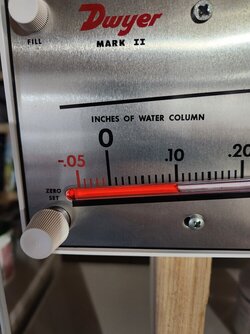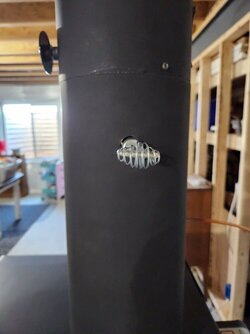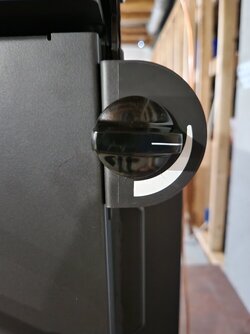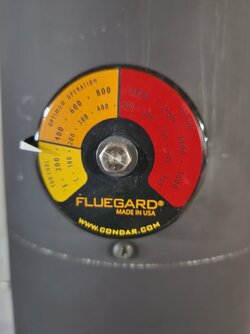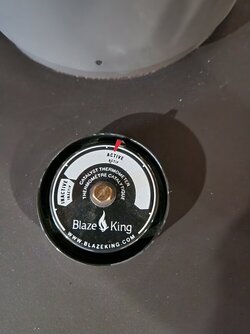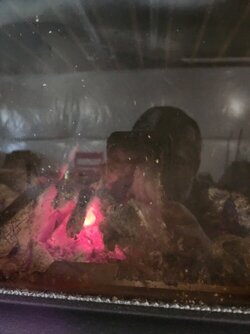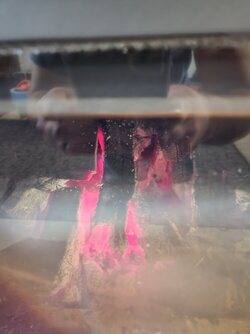Highbeam
Minister of Fire
But you understand that during warm up the intake valve is open and then as the stove heats up the intake valve closes which causes the exact situation you warned against of testing the draft strength with a partially closed intake valve.I think this is to be measured under steady-state condition, with the stove, thermostat and flue at whatever temperature they stabilize after sufficient time. Once set, I can run my stove thru a full load on high, and it doesn't typically drift at all. I certainly don't go thru any effort to try to time it before the stove heats up.


